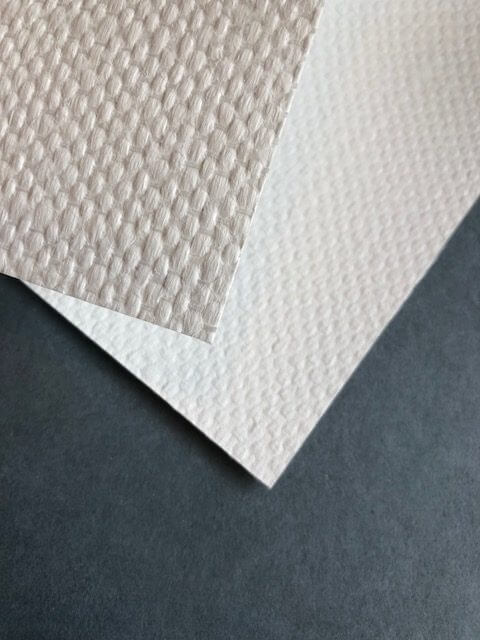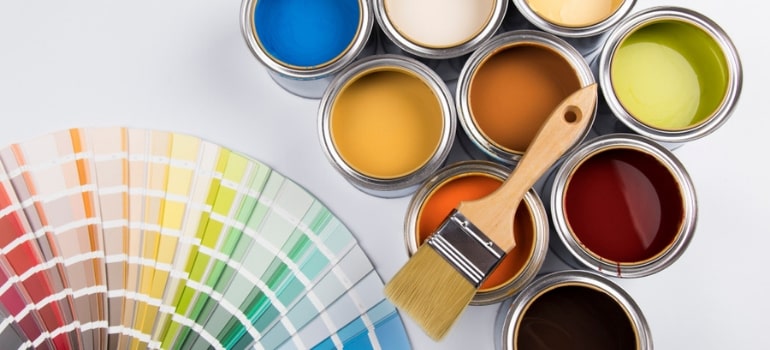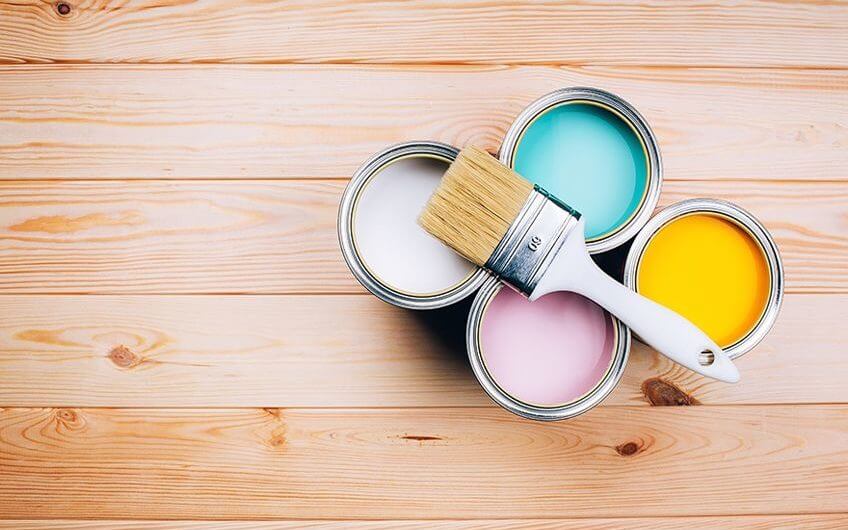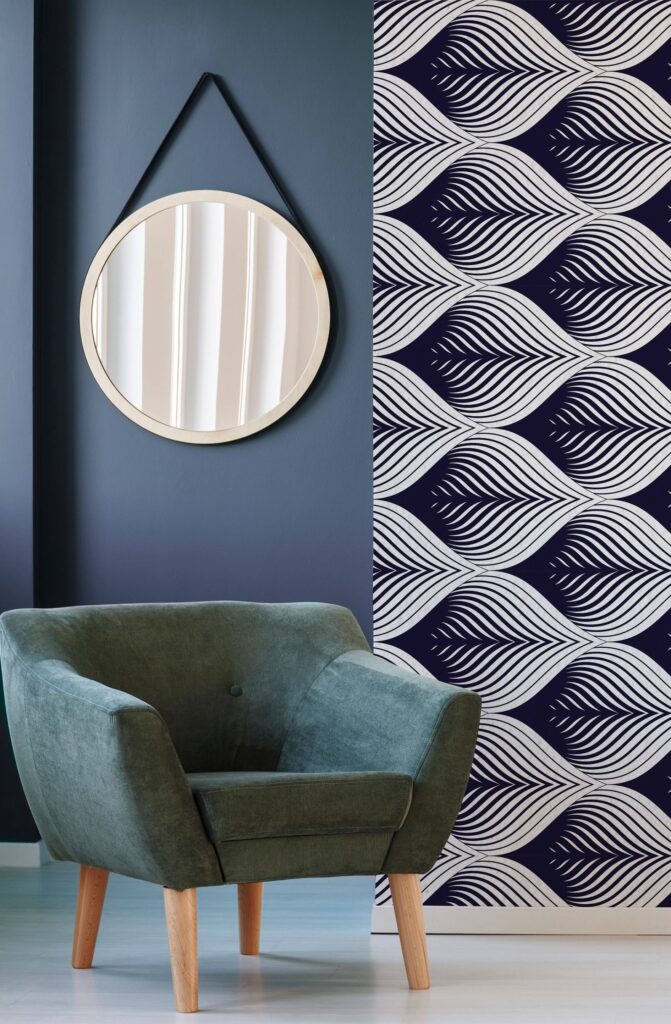One of the most talked-about issues on construction forums, websites, and repair and family tips is the choice between wallpaper and wall painting. Each method has its advantages and disadvantages. In addition, we all have personal experience with both types of wall coverings and the formed subjective opinion. How do you choose? Which is better – paint or wallpaper? After all, there is no consensus even among experts.
The question is important. The duration and stages of the repair will depend on his decision, and the result directly affects the interior design of the room. If you have chosen the services of a designer for repair, he will select the best options for you and explain the benefits of each. If you need to solve the problem yourself, we bring to your attention several criteria that will help you make your choice.
Wallpaper or painting – criteria
First of all, there is simply no single correct and universal solution. To decide and choose wallpaper or painting for yourself, you need to answer a few questions:
What budget are you counting on?
Who will be designing – you or the designer?
Who will carry out the work – you yourself, or will you contact the apartment renovation specialists?
How long should the result “live”? Paint, paper, and vinyl wallpaper offer different shelf life.
What material are the walls made of, and are there any decorative elements on them? The texture will be favourably emphasized only by the colour, and the option “stucco moulding surrounded by wallpaper” is unlikely to look profitable.
Wallpaper
If your choice falls on the wallpaper, then here are the factors that you need to consider:
Preparing the walls
Preparing the wall for wallpapering and the process itself is quite simple. But removing a layer of old wallpaper is quite the opposite: an extremely laborious and time-consuming procedure. Someone uses water for these purposes, someone uses a special liquid, and they iron absolutely hopeless areas through the fabric with an iron. The area of work can turn out to be quite significant!
Durability and environmental friendliness
Wallpaper, unfortunately, is a short-lived material. After 5-7 years, they will still have to be changed – the term depends on how high-quality the material from which they are made. Of course, you can opt for vinyl wallpaper that can last about 10 years and can be washed. However, they also have a drawback – the content of Formaldehyde harmful to the body. Paper wallpaper, of course, is less durable and hardy but not more environmentally friendly.
Wallpaper hides minor flaws in the walls. But it is quite difficult to clean the stains from them, even if the wallpaper is water-repellent, so the aesthetic side of the issue is also controversial.
Household safety
There are paper wallpapers made of hypoallergenic materials that are safe for children and your pets. There is, however, a small minus here: the wallpaper itself is defenceless against these categories of inhabitants. Therefore, if your cat likes to take acceleration from the wall with its hind legs, the dog can lie for hours in the corner, and the child cannot imagine life without wall painting – be prepared for scratches, dark spots, and unexpected illustrations.
Atmosphere
Wallpaper helps to create a special charm of home comfort. They can be very stylish and atmospheric.
Room temperature and noise
The good news is that wallpaper has heat and sound insulation properties!
Influence of air humidity
Due to the permeability of the material from which the wallpaper is made, the walls “breathe” and the problem of mould simply does not arise. However, with high humidity, they deteriorate, lose their shape, appearance and colour.
Types of Wallpaper
Paper
Dense, breathable, environmentally friendly. They can mask small defects in the base. They deteriorate under the influence of moisture, fragile, short-lived. It cannot be used for wet rooms.
Non-woven
Eco-friendly, plastic, easy to stick, remove—Mask minor surface imperfections. They can be dyed several times, they are good at dampening the sound. They do not like moisture, they cannot be washed. The material is transparent, stains on the base will be visible.
Vinyl
Very durable, hide any irregularities, water-resistant, UV-resistant. Durable, available in a variety of designs. They cannot be considered completely safe. When heated and burned, they release toxic substances.
Fibreglass
Durable, moisture resistant, non-toxic. It can be washed with a stiff brush. Therefore, they are glued in the kitchen, in the bathrooms, behind the batteries, etc. Serves up to 30 years. Used only for painting, poorly removed from the base.
Wallpaper advantages
Possibility of self-glueing. It is effortless to work with interlining, which does not need to be lubricated with glue.
A large selection of various textures, colours.
The ability to hide small, and in the case of vinyl, significant defects in the base.
The embossed or smooth surface is pleasant to the touch.
Disadvantages
Of the common shortcomings, we note the difficulties with dismantling the panels. Some types of decor are difficult to remove. Most of the wallpaper is sensitive to mechanical damage and moisture. The only fibreglass can be fully washed. It is rather difficult to repair a damaged surface. The area where you had to remove the damaged fragment and stick a new one is almost impossible to make invisible.
Painting
If you are more attracted to the painting option, take into account some of the features.
Preparing the walls
Preparing walls for painting will take a lot of time and will require additional work and investment (only trained specialists can correctly perform work of this nature). On the other hand, there is also a significant positive moment in this: as a result of preparation for painting, you will receive renewed, even walls without cracks! Your home will only benefit from this.
Maintaining the state
To carry out the first painting of the walls, you will have to turn to professionals. But later, when, in order to simply refresh the result, you can correct the staining yourself. If, in addition, you choose water-based paint for finishing the room, then the problem of an unpleasant smell and the need to leave it for a long time will disappear by itself.
Colour possibilities
Just imagine what kind of painting gives great opportunities for the selection of shades! But the choice of the colour of the interior of the room is a delicate process. If you have an artistic and demanding taste, and you do not find the desired shade in any catalogue, then you can contact the chosen salon of the paint manufacturer. Just show them the desired shade – and it will be created especially for you.
Frequent rearrangements
If rearranging furniture according to the latest fashion trends or distribution of energy flows in the room is your favourite hobby, painting is definitely your option. The fact is that painting guarantees a presentable surface condition, and you do not need to close a hole or stain lurking behind the cabinet. In addition, if you want radical changes in the interior, you can always repaint the walls in a different colour.
Wash the walls or not wash?
Painted walls can be washed. Yes, what is possible there – absolutely necessary! Moreover, in the case of painting, you will need to wash the entire wall, otherwise, you will get a bright spot on a dusty background.
Types of Paint
Water-based preparations
Easy to apply, dry quickly. In a wide range of colours, there are textured means that partially cover the defects of the base. Under the influence of moisture, with direct contact with liquid, the coating quickly deteriorates.
Water-dispersive
They form coatings that are moisture-proof, vapour-permeable, resistant to mechanical damage. It can be applied in rooms with high humidity. The only white and black mix is available. The desired shade is obtained by tinting. At low temperatures, the paint deteriorates.
Acrylic
They are made based on acrylic resins. The resulting dyeing film is elastic and durable. It is water-repellent, resistant to UV radiation, and protects metal from corrosion. A significant disadvantage is the high price.
Latex
Latex added. After drying, a practical water-repellent coating forms, partially masking surface imperfections. It is easy to apply, dries quickly, and can be used on smooth and embossed substrates.
Silicone
They have the best hiding power of all, close fairly significant defects. Form a dense elastic film that repels liquid. Washable, versatile in use. This is only part of the interior paints. Their choice is even wider. Let’s list the advantages common to all.
Paints advantages
In the case of application, repair work will be performed by every novice master.
Maintainability. The damaged fragment is easy to paint again.
Most of the compositions are moisture-resistant, resistant to mechanical damage.
A wide range of decorative materials.
Disadvantages
Only a carefully aligned base can be painted. This is the main disadvantage of the technique. Surfaces with defects will have to be levelled before painting; it is laborious and costly.
Wallpaper or Painting: get creative!
Why choose at all? Modern interior design allows you to combine painting and wallpapering. This means that the problem “Wallpaper or painting” is removed by itself! It all depends on the concept. The tones can be identical, or overlap, and you get a completely unique interior. True, in this case, it is better to contact the interior design studio, otherwise, the result may not meet expectations.
For those who are trying to wean a child from drawing on the walls, there is a great solution. You can buy paint that you can draw on with chalk! Choose this painting and paint with the whole family.



























